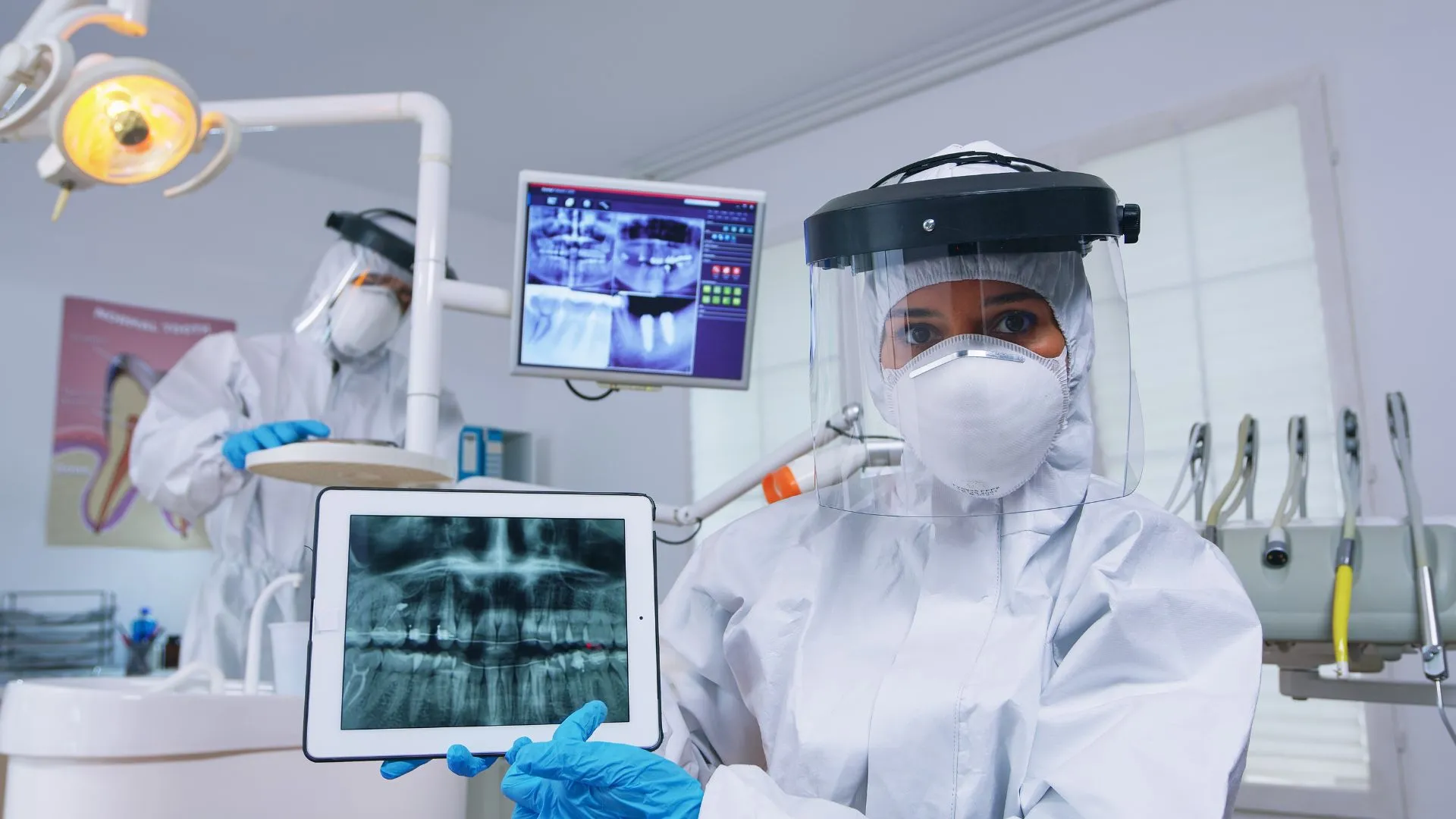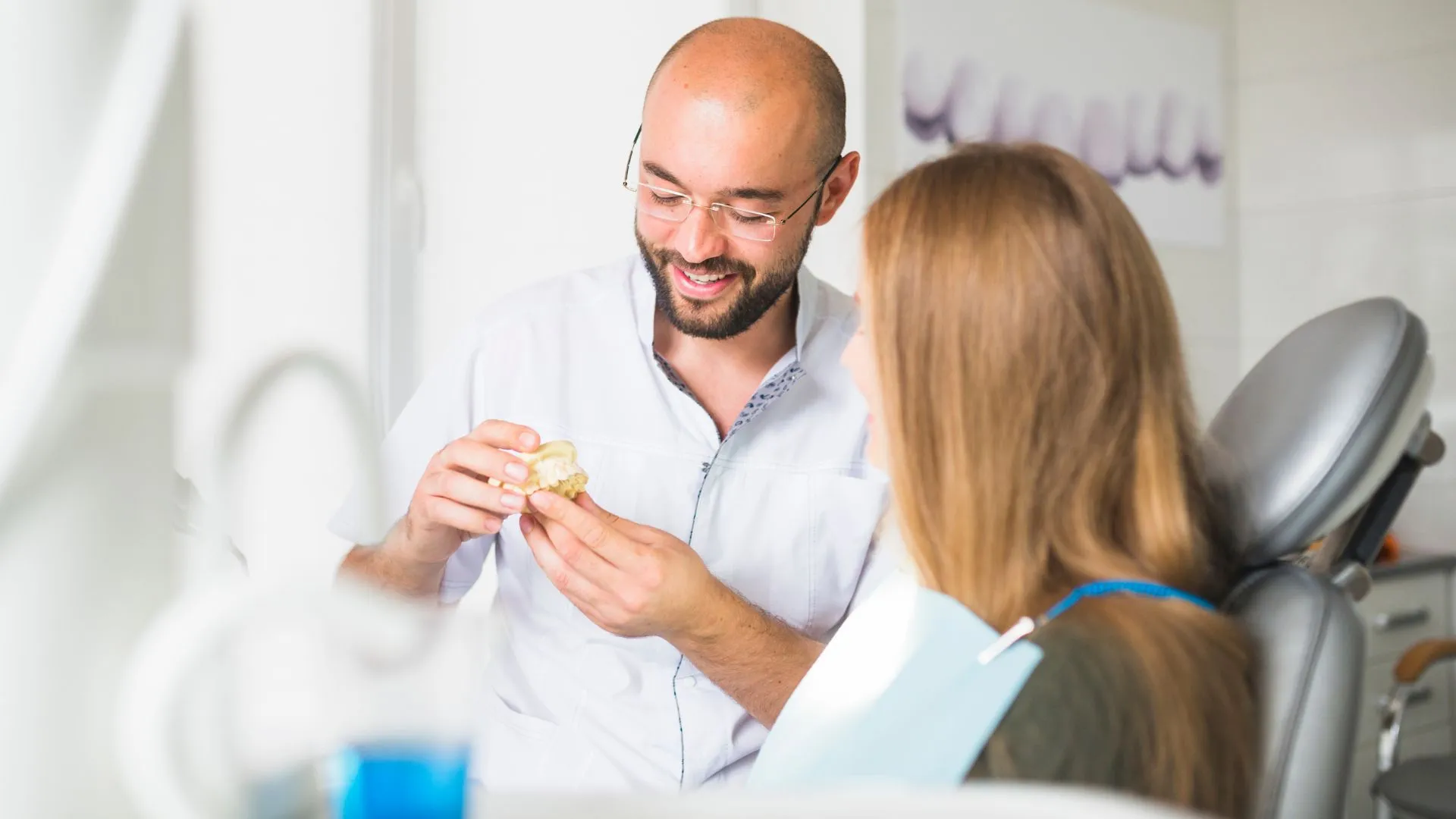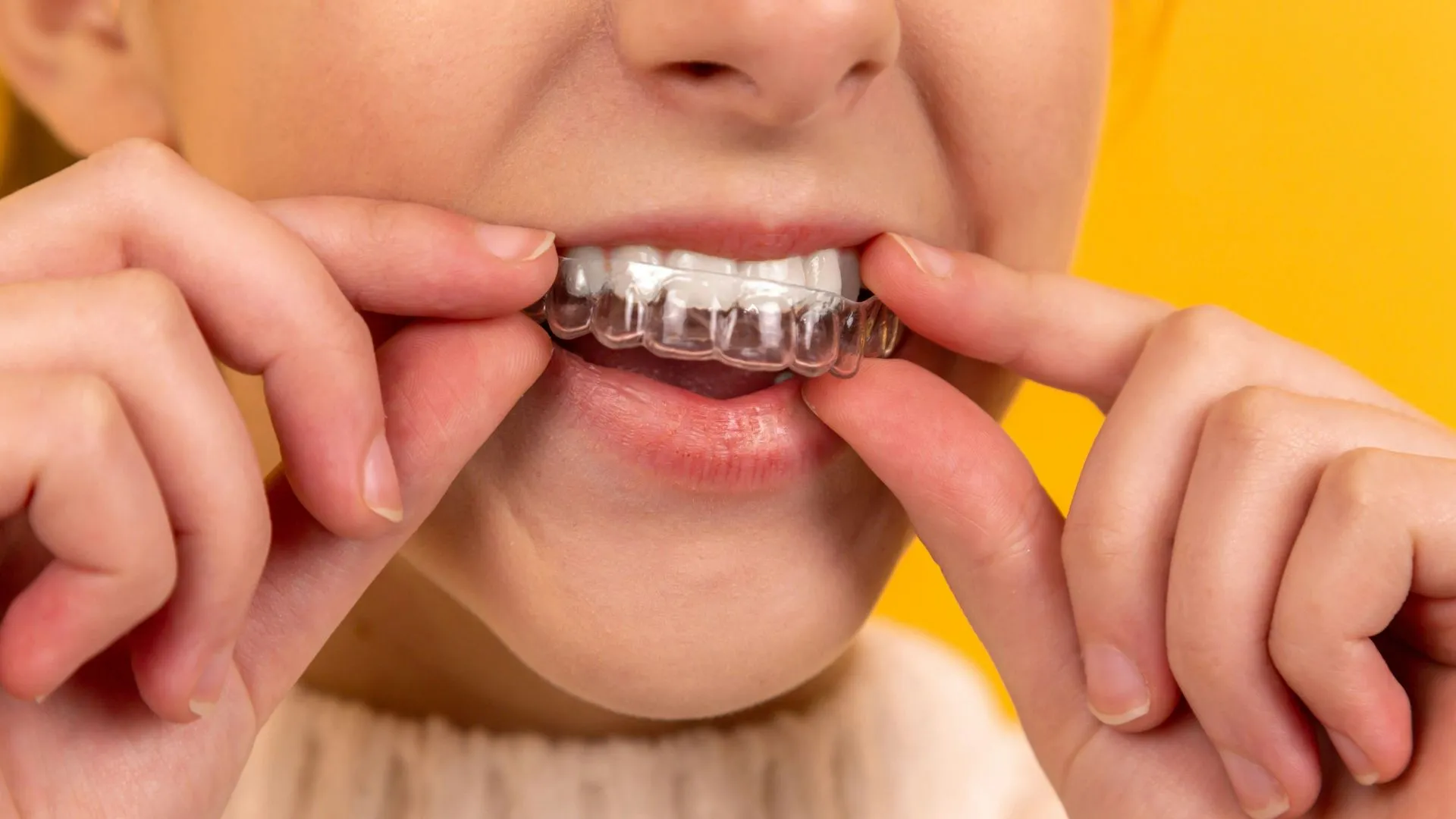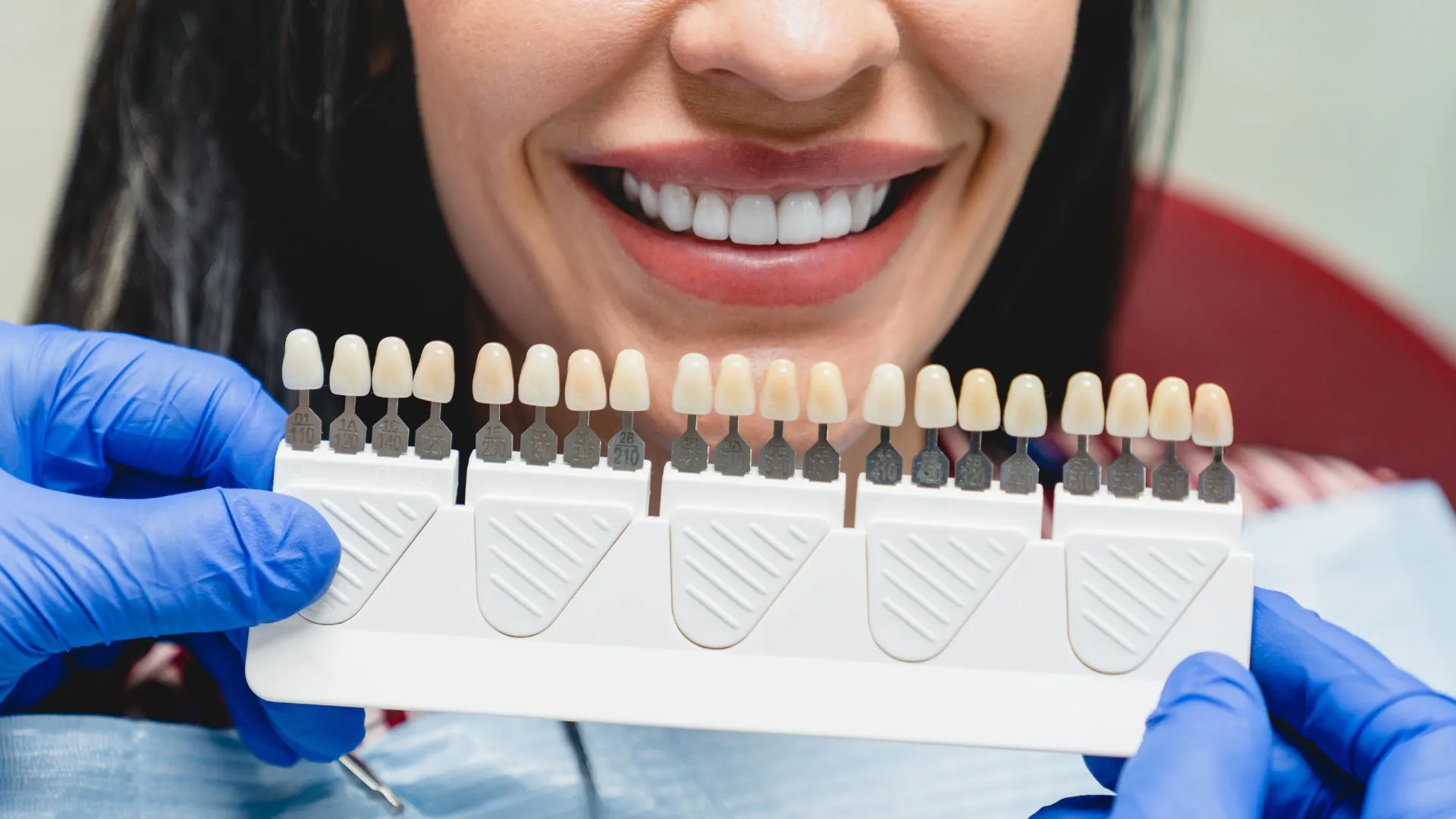We live in the age of technology and we’re seeing the influences in every aspect of our lives. Things that were once done manually, are now often done, or at least enhanced by computers, so why should our teeth be any different? No, a computer isn’t…
We live in the age of technology and we’re seeing the influences in every aspect of our lives. Things that were once done manually, are now often done, or at least enhanced by computers, so why should our teeth be any different? No, a computer isn’t going to be cleaning your teeth instead of a human being, but there are lots of ways in which technology has improved traditional cosmetic dentistry, such as same-day crowns.
A crown is a custom-fitted cap that is meant to repair a broken tooth. Broken teeth can make chewing difficult, can be a risk for further damage or infection, and can be unsightly. Crowns can solve all of these problems, restoring the function of your damaged teeth and allowing you to keep your smile as brilliant as ever.
In the past, getting a crown made could be a time-consuming project as the dentist would have to make a model of your teeth and the surrounding area and then send the impression away to a special dental lab. In the meantime, the patient would be fitted with a temporary fitting, while waiting for the lab to send back the finished product. After a period of at least a week, the lab will finish creating the crown and send it back and then the patient would be called in for a second appointment where the temporary fitting is removed and the new crown is placed.
However, thanks to new technology, many dentists are now speeding up this process. Dentists are now turning to computer-aided design (otherwise known as CAD) to allow them to make the dental crowns on-site while the patient waits. A process that once took at least a week can now be completed in a couple of hours.
The process is a relatively simple one. The dentist will take a digital scan of your mouth and then input the pictures into the computer. The computer program will then use those pictures to create a visual model of your teeth and suggest the dimensions for the crown. This process also allows for less guess-work, as the dentist is able to have a visual model and make tweaks to the dimensions, instead of relying on straight measurements. Once the dentist is satisfied with the results, they’ll hit send and a machine will carve out a ceramic crown, which can be fitted immediately.
A look into new digital dental technology
Same-day crowns are only one example of how digital technology is changing traditional dentistry. Technology is making the process simpler and faster, allowing for a better and quicker experience for patients. Some of the examples of how digital technology is changing dentistry include:
Digital x-rays
This is not unique to the dental industry, but the move to digital, computer-generated x-rays over the traditional film is a big step forward for the technology. Digital x-rays are faster, clearer, and produce less radiation, all of which benefit the patient.
Dental CT-scan
Similar to its medical equivalent, the dental CT is an x-ray that captures the image of the patient’s head, allowing a 3-D view of the teeth and jaw. In addition to giving dentists the best view of the mouth-area, this technology is also used to help identify tumors.
Digital dentures, similar to the technology that allows for same-day crowns, dentists are now using computer programs to create more accurate dentures.




